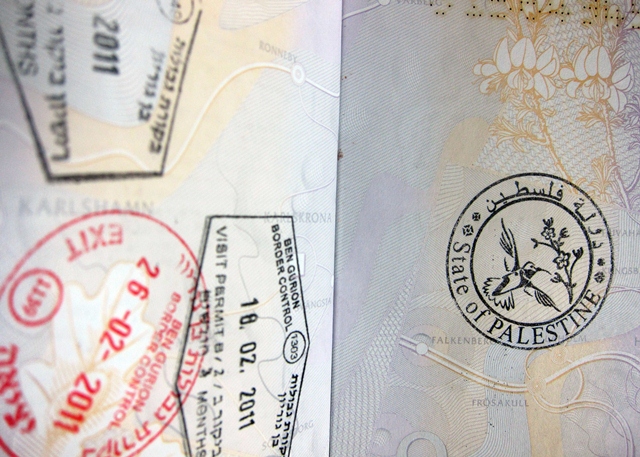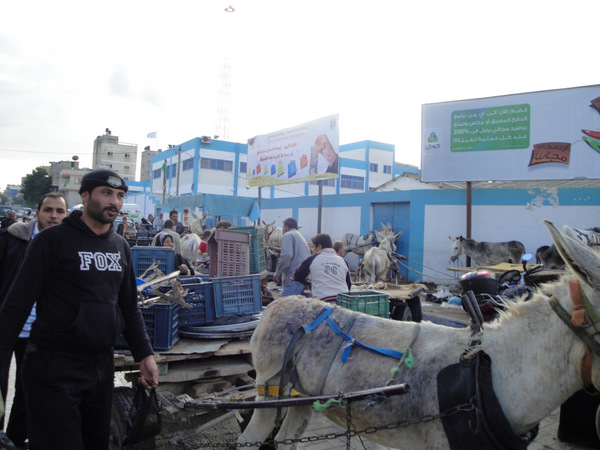Month: November 2011
-
Hebron: Family members share their stories of settler abuse
by Alistair George 22 November 2011 | International Solidarity Movement, West Bank As thousands of Israeli settlers and Zionists crowded into Hebron on Friday night, November 19th, and Saturday for Shabbat Chaye Sarah – celebrating Abraham’s biblical purchase of land on the site of the Ibrahimi Mosque, some Palestinian neighbourhoods experienced a surge in settler…
-
An interview with Khaled Jarrar: Stamping Palestine into passports
by Alistair George 21 November 2011 | International Solidarity Movement, West Bank Khaled Jarrar is a Palestinian artist and photographer from Jenin, currently based in Ramallah. In addition to photographing and documenting the Israeli occupation, he has designed a ‘State of Palestine’ postage and passport stamp. This week in an interview with Alistair George of…
-
Bittersweet Eid
by Lydia de Leeuw 19 November 2011 | A Second Glance Last week Eid al Adha was celebrated in Gaza and other Muslim communities worldwide. Eid al Adha is one of the most important holidays in Islam, marking the end of the Haj (annual pilgrimage to Mecca) season and symbolizing sacrifices for Allah as well…


